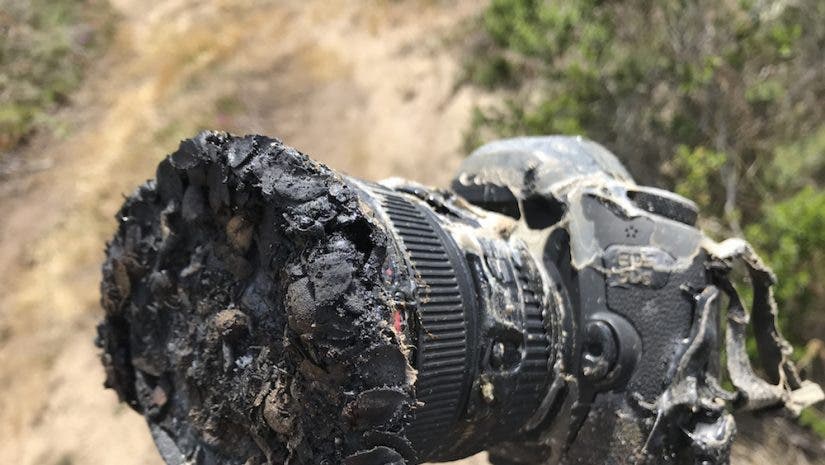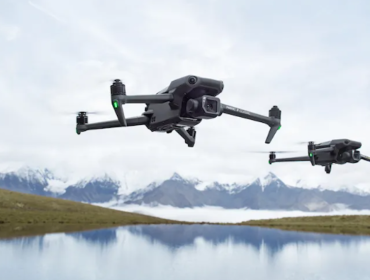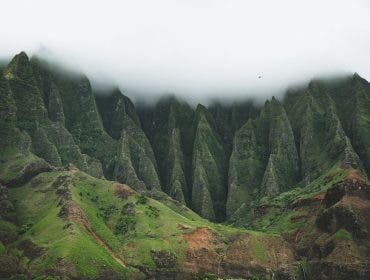On May 22nd, NASA launched a SpaceX Falcon 9 rocket with two orbiters and five communications satellites onboard. The purpose of the mission: to measure and track movement of water on Earth (in glaciers, oceans and seas, and in ground water) by measuring its effect on Earth’s gravitational field. NASA says that these orbiters will be able to record regional variations in the Earth’s gravity, and the information gleaned from that will be helpful in knowing “the health of our planet as a whole.”
But I wouldn’t be writing about that for Adorama Learning Center if there wasn’t also some photography news there too, of course. The launch was photographed by NASA Senior Photographer Bill Ingalls:
https://www.instagram.com/p/BjGAAqSnqV4/
Ingalls is a 30-year veteran photographer for NASA and he’s seen it all. Until May 22nd, that is.
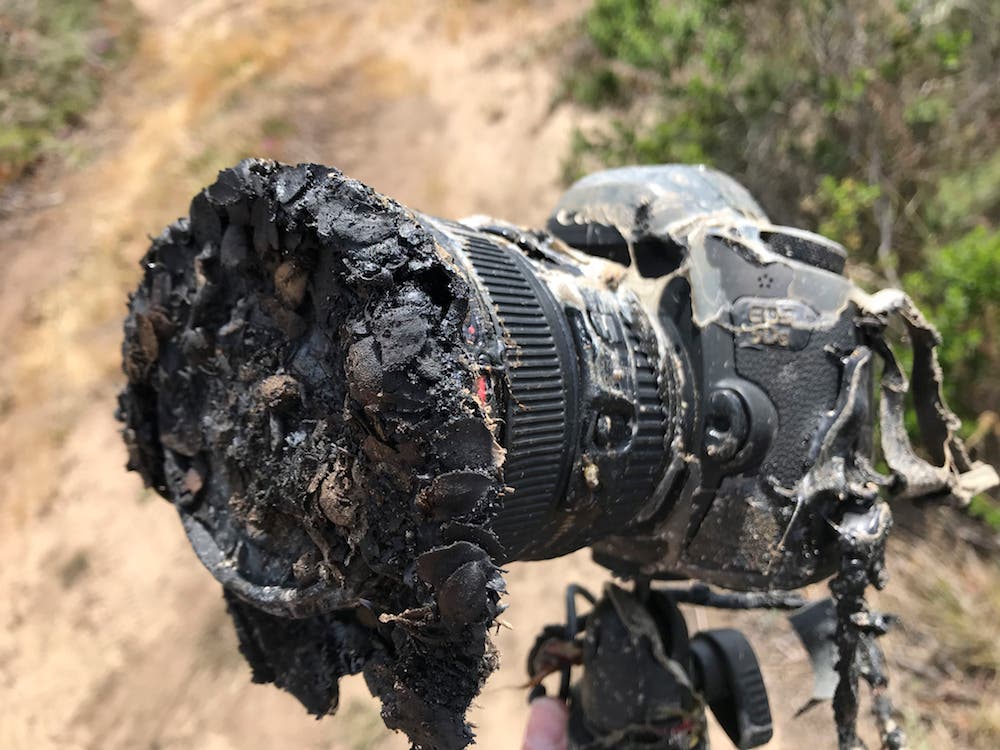
After this photo of a melted Canon camera was shared, it went viral, with people explaining it as the result the camera unfortunately being too close to the launch site. Peter King of CBS, for example, wrote about Bill Ingalls, “He tries to get his remote cameras as close to the launch pad as possible for great results. This would illustrate the unfortunate result of an attempt at an extreme closeup.” This article is another example, headlined, “This is What Happens When Your Camera is too Close to a Rocket Launch Pad.”
But that’s not actually what happened. In an article released by NASA on May 25th, Ingalls explained that this camera was actually far from the launch site — a quarter of a mile away, in fact. Ingalls, too, was safely away from the launch. Unbeknownst to him, the rocket set off a brushfire which travelled far from the rocket launch site. Eventually, the fire engulfed one of six cameras that he had set up to photograph the launch remotely. But, like a pro, the camera took photos up until the moment that it was destroyed. Ingalls shared a surreal gif that shows the fire approaching the camera:
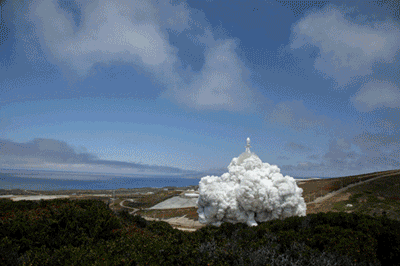
After the fire was put out, Ingalls forced open the torched camera, and managed to get the data off the memory card. (Major props to Canon for making a camera robust enough to protect its data!) He shared on Facebook a beautiful shot of the launch the camera took before it was destroyed:
The all-important question is, what kind of gear is this robust? As a pro-photographer, Bill Ingalls was using top-level equipment, and though I’ve done no test, I imagine that was the reason the photos survived. You can see his remote camera setup in this photo he shared:
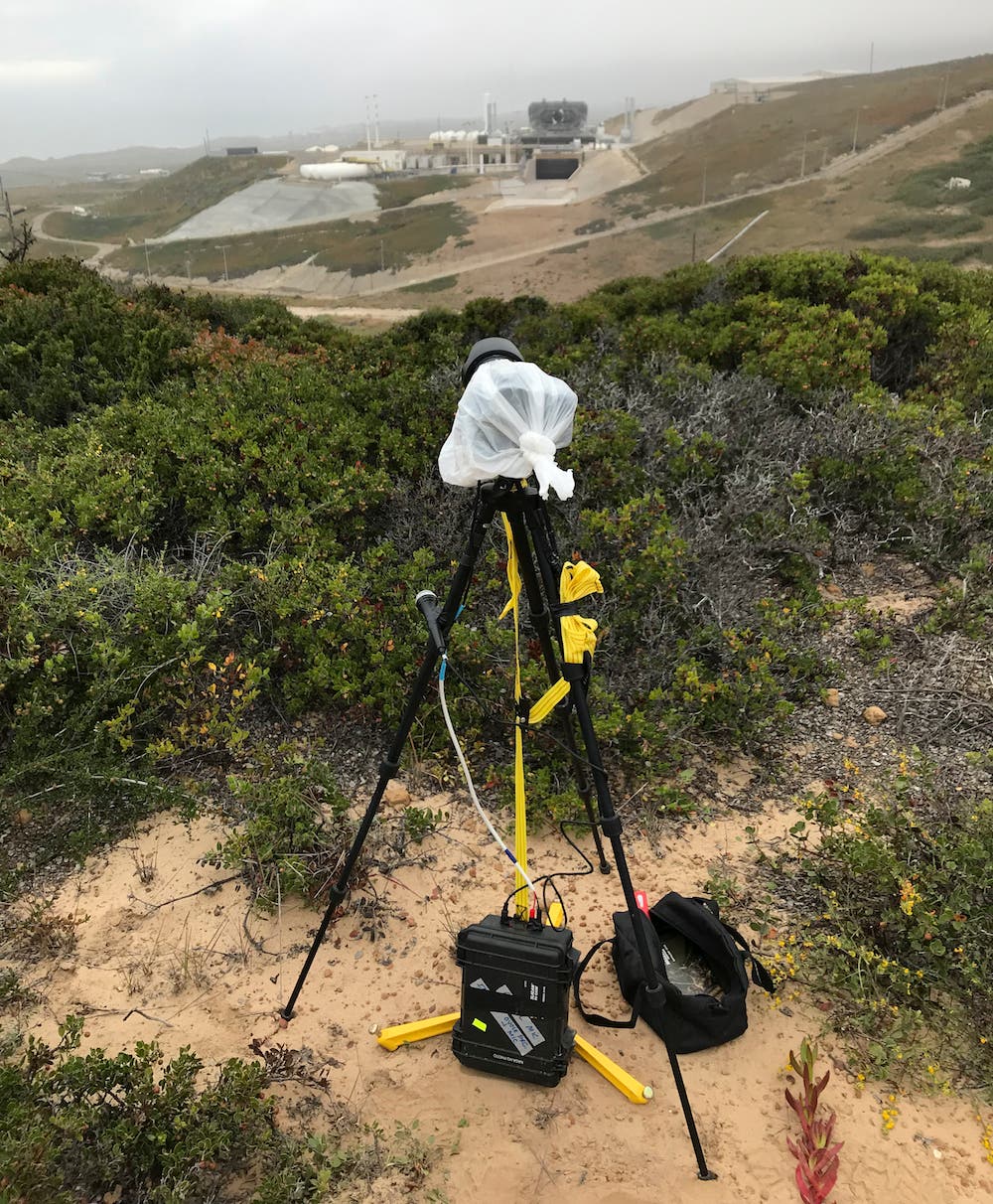
Ingalls’ camera was a Canon EOS 5Ds, which besides for its high resolution and exceptional image quality, is suited for rocket launches because of its built-in long exposure and intervalometer modes. The lens he was using was the Canon EF 24-105mm f/4L, a workhorse of a lens. The equipment, NASA says, will likely not end up in that place in the sky where old cameras go after a long and productive life. Instead, they’re likely to end up on display in NASA headquarters!
This story underscores the second reason why it’s worth spending a premium for pro-level equipment. They’re just built that much tougher. (The first reason, of course, is that they are better specced and have more features!)
